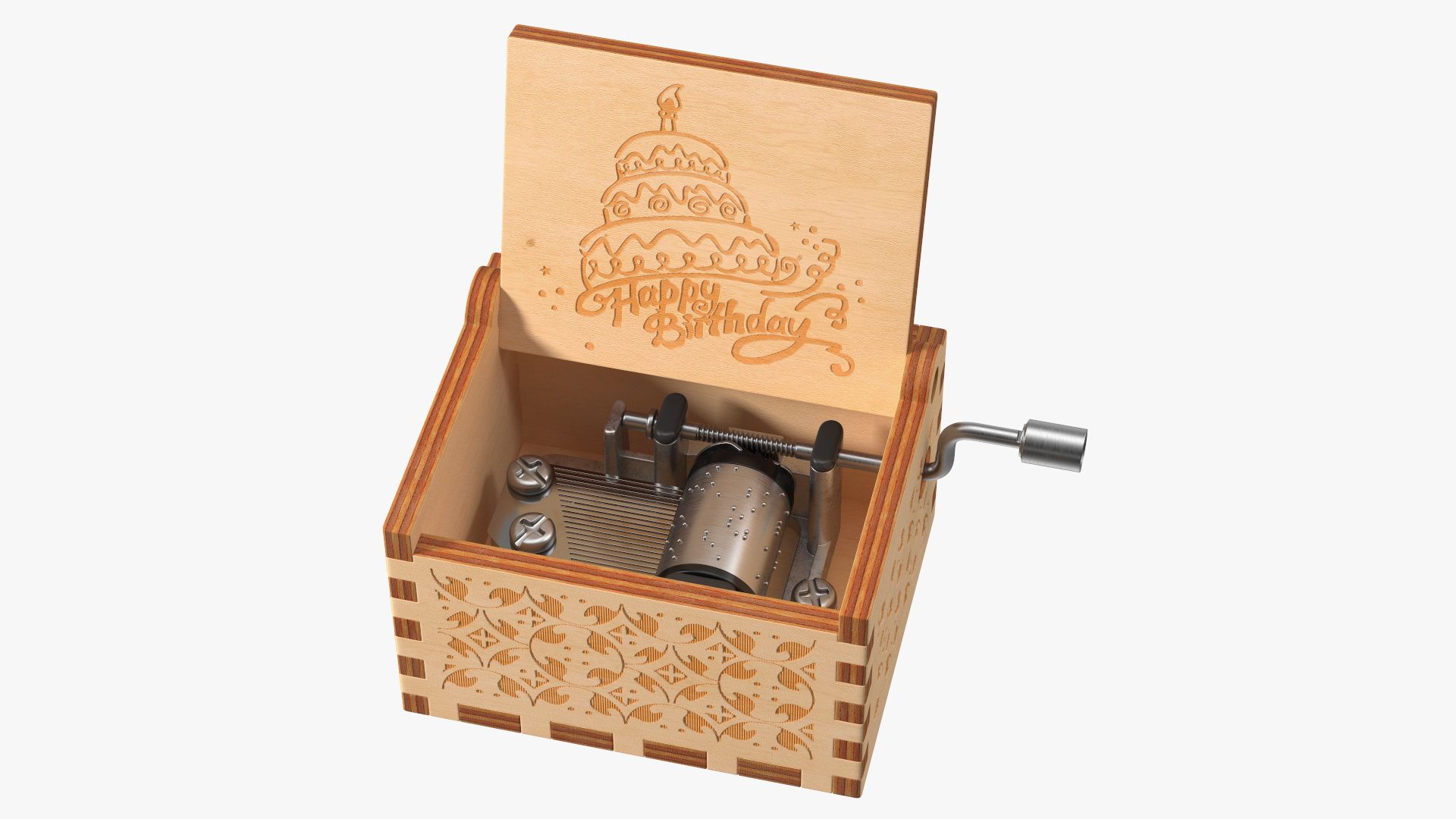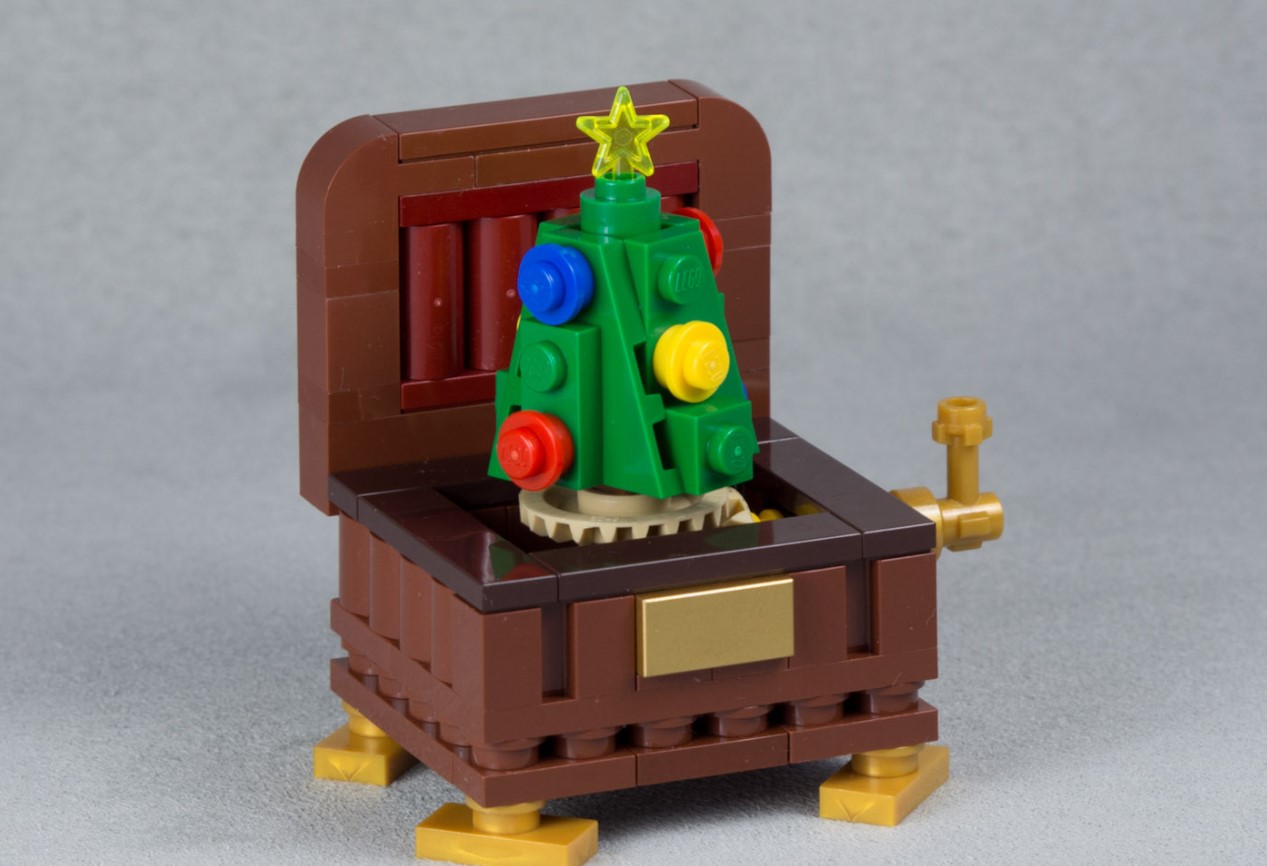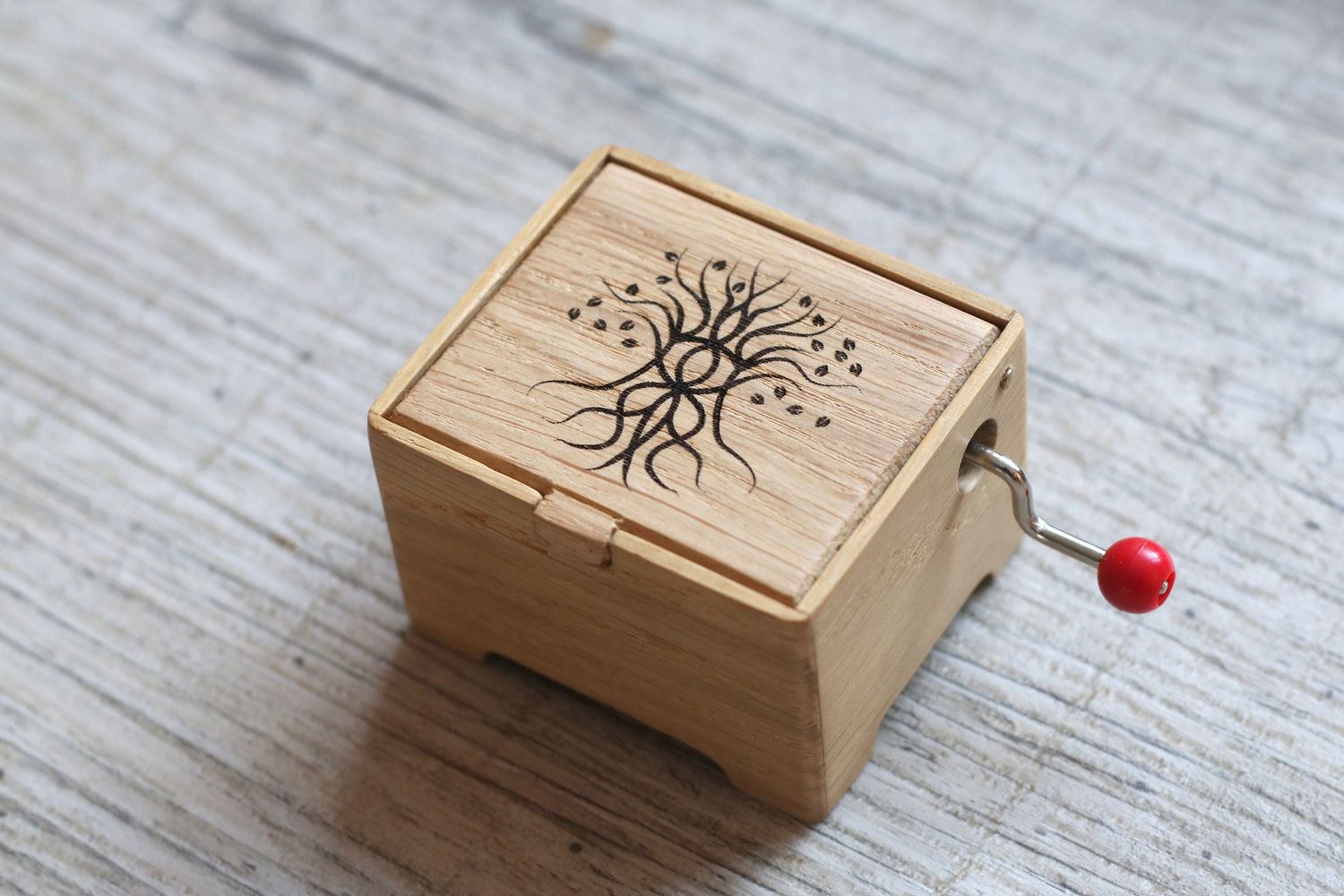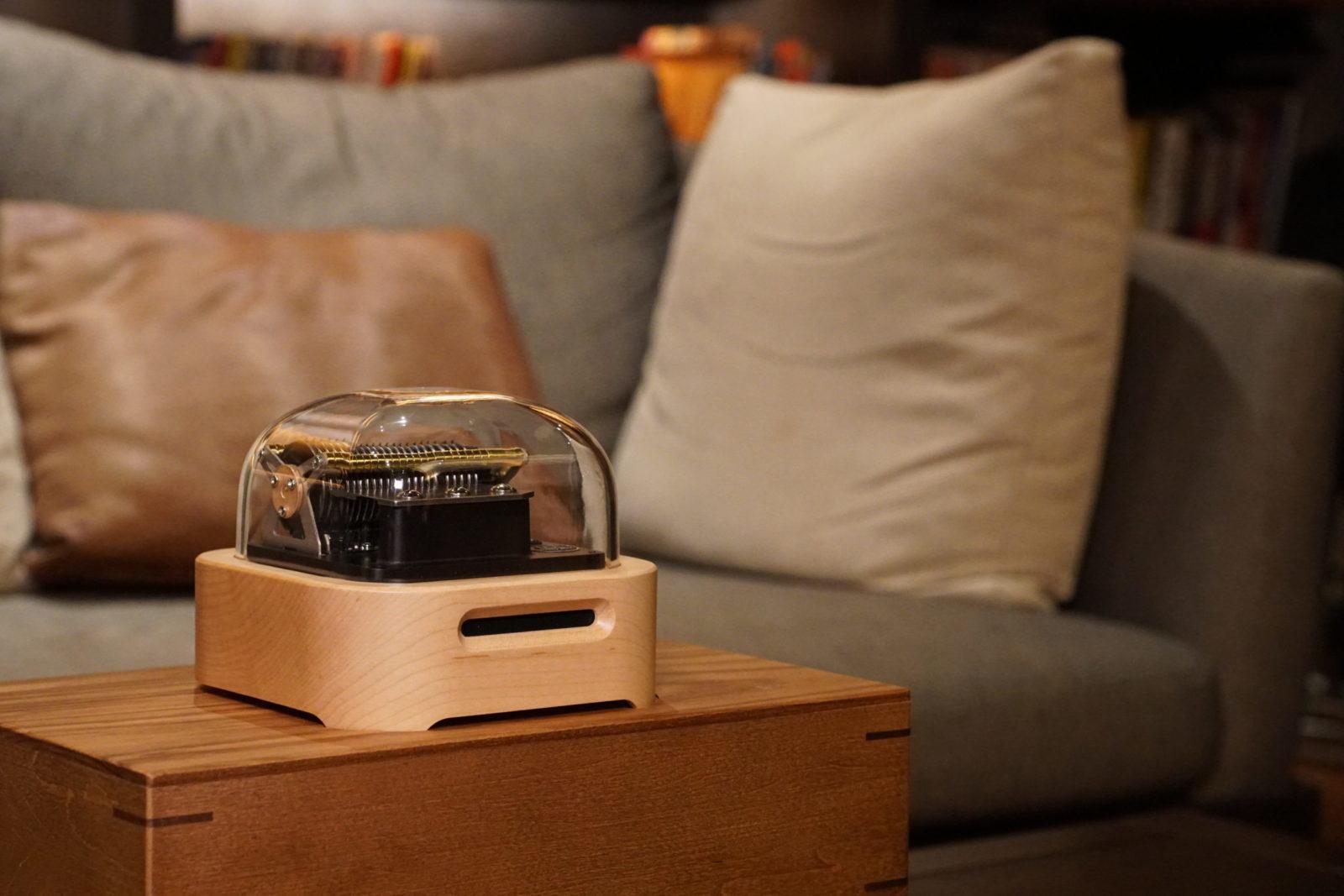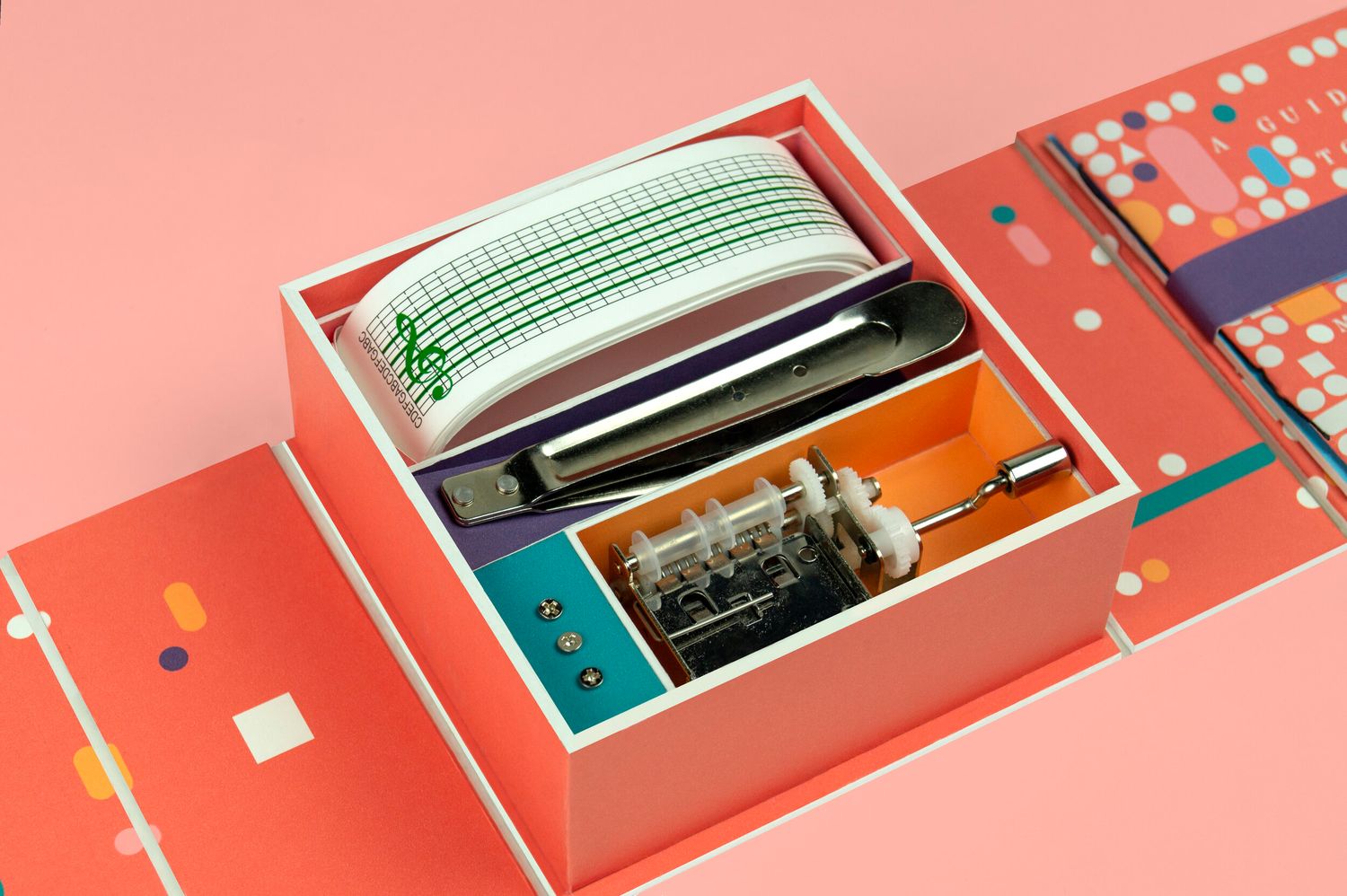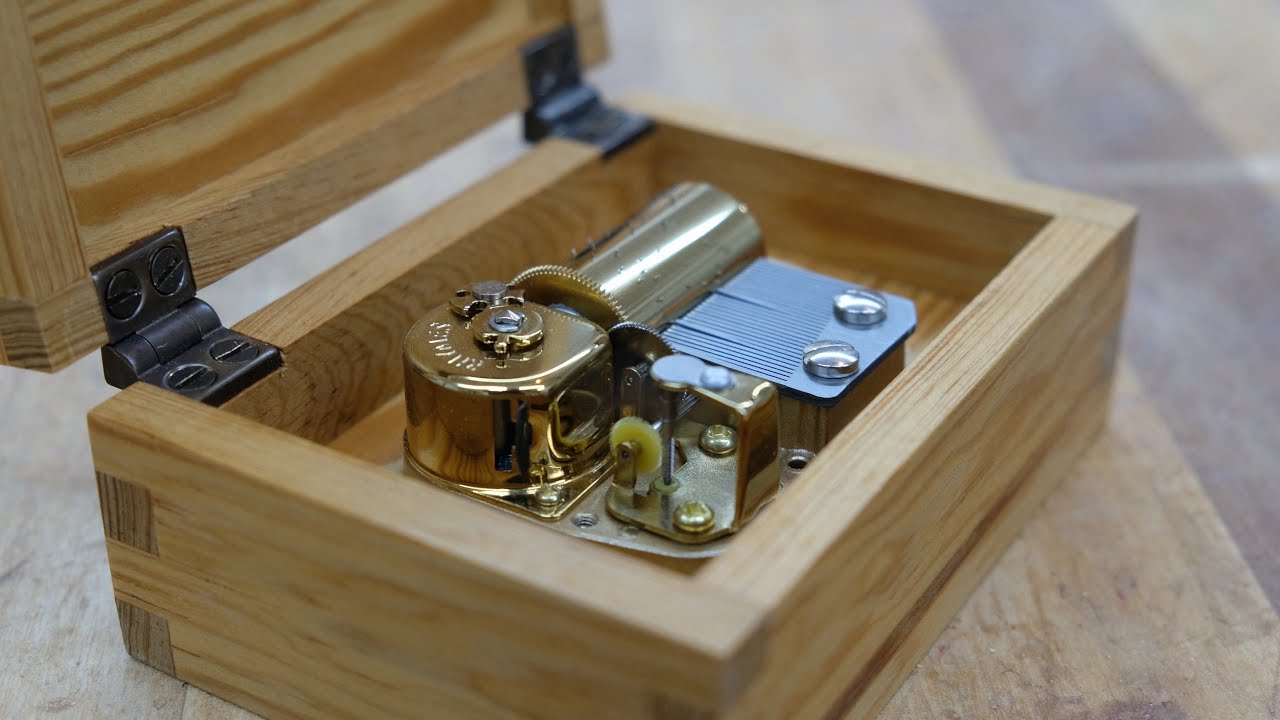Home>Devices & Equipment>Music Box>How To Make Music For A Music Box
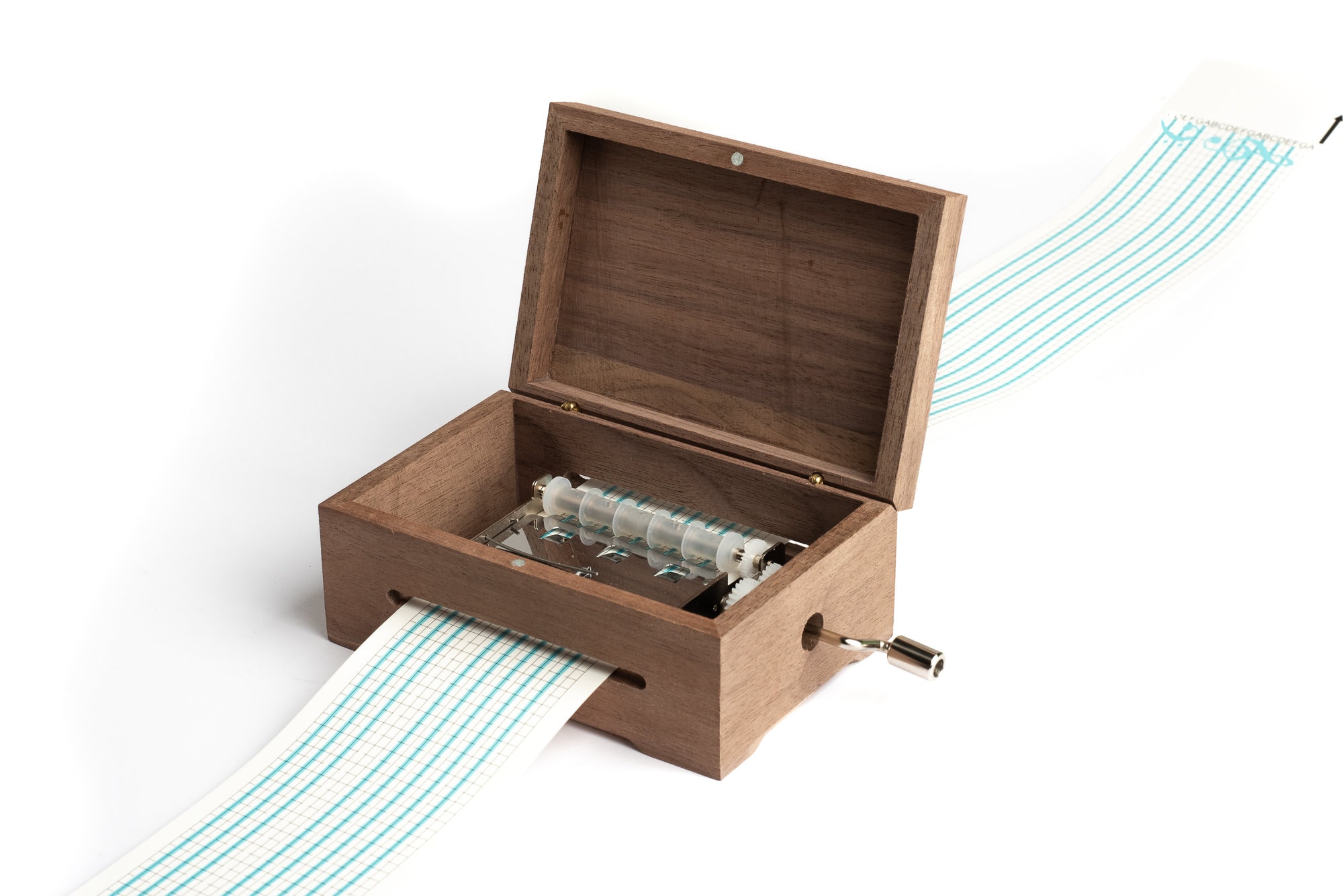

Music Box
How To Make Music For A Music Box
Published: January 11, 2024
Learn how to create enchanting melodies for a music box with our comprehensive guide. Discover the art of crafting music for a music box and create timeless tunes.
(Many of the links in this article redirect to a specific reviewed product. Your purchase of these products through affiliate links helps to generate commission for AudioLover.com, at no extra cost. Learn more)
Table of Contents
Introduction
Welcome to the wonderful world of music boxes! These charming little instruments have been captivating people for centuries with their enchanting melodies and intricate mechanisms. Whether you’re a collector, a musician, or simply someone who appreciates the beauty of these unique instruments, you may find yourself wanting to create your own music for a music box. In this article, we will explore the process of making music for a music box, from understanding the mechanism to recording and testing the final composition.
Music boxes, also known as musical boxes or musical movements, are mechanical devices that produce sound by rotating a cylinder or disc with protruding pins. These pins pluck a set of tuned metal tines or prongs, creating musical notes in a specific sequence. The melodies produced by music boxes are often simple and repetitive, but they have a charming and nostalgic quality that is hard to resist.
Before you begin the process of creating music for a music box, it’s important to understand how the mechanism works. This will help you choose the right melody, compose the music, and arrange it properly for the specific music box you have or plan to purchase.
Understanding the Music Box Mechanism
To create music for a music box, it is crucial to have a good understanding of how the mechanism works. The mechanism of a music box consists of a cylinder or disc with pins, which are responsible for playing the notes, and a comb or set of tuned metal tines or prongs, which produce the sound.
The cylinder or disc contains a series of raised pins, each representing a specific note or musical pitch. When the cylinder or disc rotates, these pins interact with the comb or set of tuned metal tines, causing them to vibrate and produce musical tones.
The length and placement of the pins on the cylinder or disc determine the sequence of notes played. Each pin corresponds to a specific note on the musical scale. By arranging the pins in a particular pattern, you can create a melody that will be played when the music box is activated.
It is important to note that most music boxes have a limited range of notes. Typically, they can play melodies consisting of a few octaves, and not all notes on the musical scale may be available. Therefore, when creating music for a music box, it is crucial to choose melodies that can be transposed within the available range and still sound pleasing.
Additionally, different music boxes may have different mechanisms, with variations in the number of pins, the size of the comb or tines, and the overall design. It is important to familiarize yourself with the specific mechanism of the music box you are working with to ensure that your composition is compatible.
Now that you have an understanding of the music box mechanism, the next step is to choose the right melody that will fit within the limitations of your music box and evoke the desired emotions. Let’s explore the process of selecting a melody in the following section.
Choosing the Right Melody
When it comes to creating music for a music box, selecting the right melody is crucial. Since music boxes have a limited range of notes, it’s important to choose a melody that can be transposed within that range and still maintain its charm and recognizable melody.
First and foremost, consider the emotional impact you want your music box to have. Are you looking for something cheerful and upbeat? Or perhaps something more soothing and melancholic? Understanding the mood you want to convey will help guide you in selecting an appropriate melody.
Next, keep in mind the technical limitations of your music box’s mechanism. Consider the available range of notes and the specific design of the pins on the cylinder or disc. Some music boxes may have a smaller range than others, so be sure to choose a melody that can be condensed into that limited range while still maintaining its melodic integrity.
Traditional folk songs and classical music compositions often work well for music boxes, as they were originally created for simpler instruments and can be easily adapted to fit within the constraints of a music box mechanism. Additionally, simple melodies with memorable and repetitive patterns tend to work best, as they are well-suited to the charming and repetitive nature of music box tunes.
Once you have identified a melody that fits within the technical limitations and evokes the desired emotional response, it’s time to move on to the next step: composing the music specifically for your music box. This involves understanding the key and tempo of the melody and transposing it to accommodate the range and musical capabilities of your music box. We will explore the process of composing for a music box in the next section.
Composing the Music
Composing music for a music box involves adapting and transposing a chosen melody to fit within the limited range and capabilities of the mechanism. This process requires a good understanding of music theory and the ability to work within the constraints of the music box.
Start by identifying the key of your chosen melody. This will help you determine the appropriate notes to use and ensure that the composition retains its recognizable character. Keep in mind that some music boxes may have a restricted range of keys, so you may need to transpose the melody accordingly.
Next, examine the original melody and identify any complex harmonies or chords that may need to be simplified or modified to suit the music box. Remember, simplicity is key when it comes to music box compositions, so aim for straightforward melodies and harmonies that can be easily replicated by the pins on the cylinder or disc.
Consider the rhythm of the melody as well. Music boxes often have a uniform tempo due to the nature of their mechanism. If the original melody has complex rhythmic patterns, simplify them for the music box composition. Focus on repetition and consistent rhythms to create a captivating and charming tune.
Transposing the melody to fit within the range of the music box is another essential step. Adjust the arrangement so that it stays within the available notes while maintaining the melodic integrity and emotional impact of the original piece. Experiment with different octaves and note placements to find the best fit.
Throughout the composition process, remember to keep the unique qualities of a music box in mind. Music boxes have a delicate and nostalgic sound, so aim to capture that essence in your composition. Create melodies that evoke emotions and captivate listeners while embracing the simplicity and charm of this enchanting instrument.
Once you have composed your music box arrangement, it’s time to move on to the next step: arranging the music specifically for the mechanism of the music box. We will explore this process in detail in the following section.
Transposing the Music
Transposing the music is a crucial step in the process of creating music for a music box. It involves adjusting the arrangement and notes of the composition to fit within the limited range and capabilities of the mechanism. Transposing the music ensures that it can be accurately reproduced by the pins on the cylinder or disc.
Start by identifying the range of notes available on your music box. This will vary depending on the specific design and mechanism of your music box. Some music boxes may have a smaller range, while others may offer a wider selection of notes. Understanding the available notes will guide you in transposing the composition.
Begin by mapping out the original composition and determining which notes fall within the range of the music box. Identify any notes that are outside of this range and make the necessary adjustments. This may involve raising or lowering the pitch of certain notes or shifting the entire composition to a different key. The goal is to create a new arrangement that fits within the limitations of the music box’s mechanism.
While transposing the music, it is important to maintain the melodic integrity and recognizable character of the original composition. Focus on preserving the essence of the melody and its emotional impact, even as you make adjustments to accommodate the available notes.
Once you have transposed the music, take the time to play through the composition on the music box to ensure that it sounds harmonious and enjoyable. Make any necessary tweaks or refinements to further optimize the arrangement for the specific mechanism of your music box.
Transposing the music requires a combination of creativity and technical skill. It may take some trial and error to find the perfect balance between preserving the essence of the melody and adapting it to fit within the limitations of the music box. However, the effort is well worth it once you hear your transposed composition come to life on the enchanting sounds of the music box.
With the music transposed and adjusted to fit your music box, the next step is to arrange the music specifically for the mechanism. In the following section, we will explore the process of arranging the music to ensure optimal playability on your music box.
Arranging the Music for a Music Box
Arranging the music is an essential step in creating music for a music box. This process involves adapting the composition to ensure optimal playability on the specific mechanism of the music box. By arranging the music properly, you can enhance the clarity and quality of the melody when it is played on the music box.
Start by considering the limitations of the music box’s mechanism. Take note of any specific requirements or recommendations from the manufacturer regarding the arrangement of the composition. Some music boxes may have particular guidelines for the spacing and alignment of the pins on the cylinder or disc to ensure the best possible sound and performance.
Next, examine the structure of the composition and make any necessary adjustments to accommodate the mechanism. Simplify complex passages or chords, ensuring that they can be accurately reproduced by the pins. Consider the timing and spacing between notes as well, as this can greatly impact the clarity and flow of the melody on the music box.
As you arrange the music, pay attention to the dynamics and volume of the composition. Music boxes have limited control over dynamics, typically playing at a consistent volume. Adjust the arrangement to ensure that the melody is clear and well-balanced, even with the absence of dynamic variation.
Another important aspect to consider during the arrangement process is the length of the composition. Music boxes have a limited capacity for playing time due to the size of the cylinder or disc. If your composition is too long, you may need to shorten it or consider creating multiple arrangements that can be played consecutively.
Throughout the arranging process, it is important to strive for a balance between maintaining the integrity of the composition and adapting it to the unique characteristics of the music box. Preserve the essence of the melody and its emotional impact while ensuring optimal playability on the instrument.
Once you have arranged the music, it is time to move on to the next step: recording and testing the composition. This will allow you to hear how the arrangement translates when played on the music box and make any necessary refinements before finalizing the composition.
Recording and Testing the Music
Recording and testing the music is a crucial step in the process of creating music for a music box. It allows you to hear how the composition sounds when played on the actual instrument and make any necessary adjustments to optimize its performance and quality.
Start by setting up your recording equipment. Position a microphone in a suitable location to capture the sound of the music box clearly. Make sure the microphone is placed at a reasonable distance from the music box to avoid any distortion or unwanted noise.
Once your recording setup is ready, play the arranged composition on the music box and record the performance. Pay attention to the overall sound quality, clarity of the melody, and any potential issues such as missed notes or uneven volume.
After recording, listen to the playback and analyze the performance. Take note of any areas that may need improvement or adjustment. Pay attention to the timing, dynamics, and overall musicality of the composition as it is played on the music box.
If you notice any issues or inconsistencies in the recorded performance, go back to the arrangement and make necessary refinements. Adjust the timing of certain notes, address any missed or muted sounds, and ensure a smooth and balanced melodic flow. Continuously test and record the composition until you are satisfied with the final result.
It’s also a good idea to share the recorded performance with others, such as fellow musicians or music box enthusiasts, and gather their feedback. They may offer valuable insights and suggestions for improvement that you may have overlooked.
Additionally, testing the music on different music boxes can provide valuable insight into how the arrangement translates across various mechanisms. Each music box may have slight differences in tone, volume, and overall performance, so it’s important to ensure that your composition sounds pleasing on a variety of instruments.
By recording and testing the music, you can fine-tune your composition and make any necessary adjustments to ensure an optimal and enjoyable listening experience on the music box. Once you are satisfied with the final result, it’s time to move on to the last step: finalizing the composition for presentation or sharing.
Finalizing the Composition
Finalizing the composition is the last step in creating music for a music box. This involves polishing the arrangement, documenting any necessary changes or adjustments, and preparing the composition for presentation or sharing.
Review the arrangement and make any final refinements to ensure that the composition is in its best possible form. Pay attention to small details such as note durations, transitions between sections, and any remaining technical issues. Fine-tune the composition to ensure a seamless and harmonious performance on the music box.
Document any changes or adjustments made throughout the composition process. This will serve as a reference for future use, allowing you to recreate or modify the composition as needed. Take note of any specific settings or modifications that were made to optimize the performance on the music box.
Organize and store your composition in a suitable format. This could be sheet music, a digital audio file, or any other appropriate format that allows the composition to be easily shared or performed by others. Consider providing instructions or guidance for others who may want to play the composition on their own music boxes.
If you plan to share your composition with others, consider documenting your creative process or writing a brief description of the inspiration behind the composition. This can add a personal touch and provide context for listeners or readers who may be interested in your work.
Finally, consider performing or sharing your composition with others who appreciate music boxes. This could be at a gathering of music box enthusiasts, a musical event, or even on online platforms dedicated to music box enthusiasts. Sharing your creation can bring joy to others and inspire fellow musicians to explore the world of music box composition.
Remember that the process of creating music for a music box is a creative and exciting journey. Enjoy the experience of exploring melodies, adapting compositions, and hearing your music come to life on this captivating instrument. Embrace the charm and nostalgia of the music box and let your imagination soar as you create beautiful melodies for this unique mechanical wonder.
With the composition finalized and ready for sharing, take a moment to reflect on your accomplishment. Creating music for a music box is a true testament to your creativity and musical skill. Sit back, listen to the captivating melodies, and cherish the wonderful world of music boxes that you have helped bring to life.
Conclusion
Creating music for a music box is a rewarding and enjoyable endeavor that allows you to explore the unique world of these intricate and enchanting instruments. Through understanding the mechanism, selecting the right melody, composing and transposing the music, arranging it specifically for the music box, and recording and testing the composition, you can bring your musical ideas to life in a captivating and nostalgic way.
Throughout the process, it is important to balance the technical considerations of the music box’s mechanism with the artistic and emotional aspects of the composition. Strive to create melodies that evoke emotions and captivate the listeners, while adapting them to fit within the limited range and capabilities of the music box.
Recording and testing the music allows you to fine-tune and refine the composition, ensuring optimal playability and clarity on the music box. Taking the time to listen, make adjustments, and seek feedback will help you create a polished and enjoyable musical experience.
Finally, with the composition finalized and documented, you have the opportunity to share your creation with others who appreciate the beauty of music boxes. Whether it’s a performance at a gathering of music box enthusiasts or sharing your composition online, spreading the joy of your music brings a sense of fulfillment and inspires others to explore the world of music box composition.
Music boxes possess a charm that transcends time, and through creating music for them, you become part of their rich history. So, let your creativity and passion for music guide you as you embark on this wonderful journey of composing for music boxes. Explore melodies, ignite the imagination, and let the enchanting sounds of the music box transport you and all who listen to a world of beauty and nostalgia.

